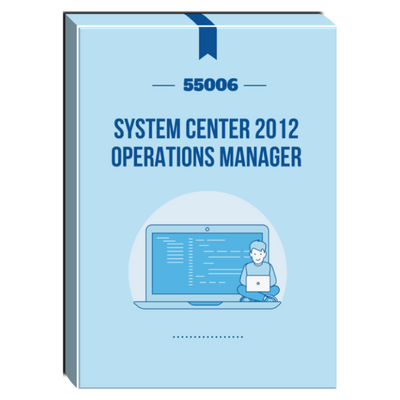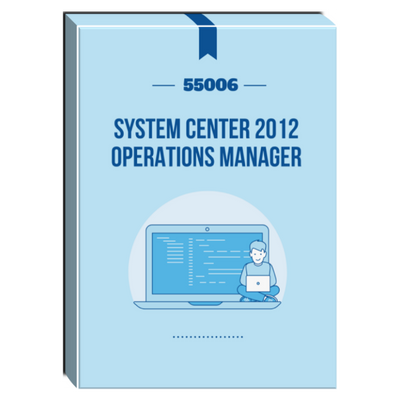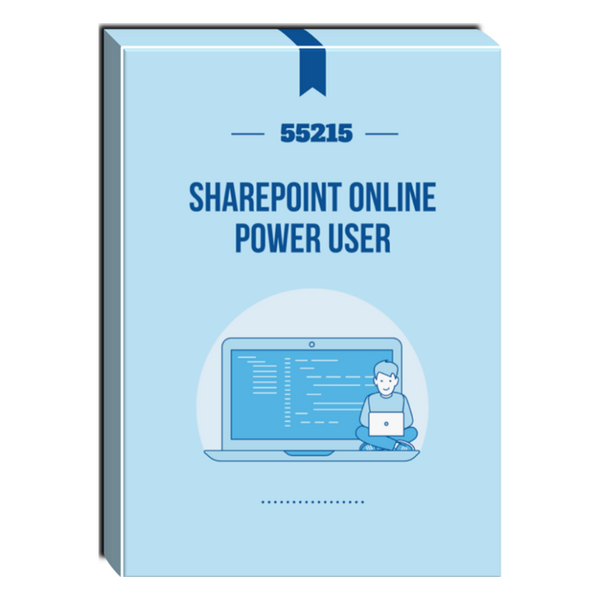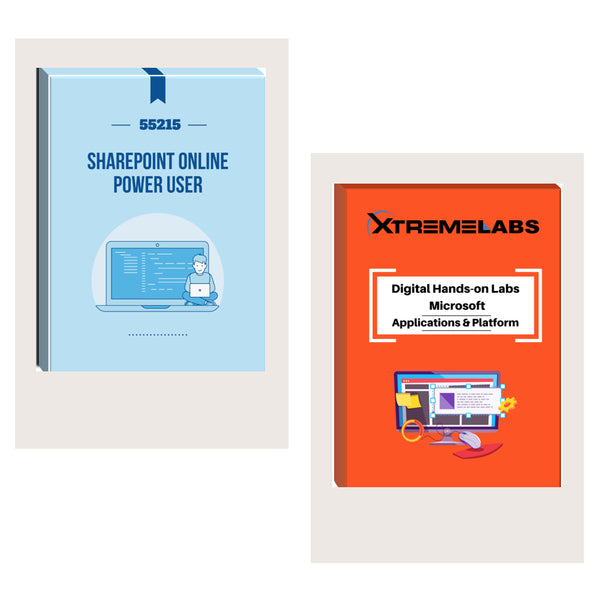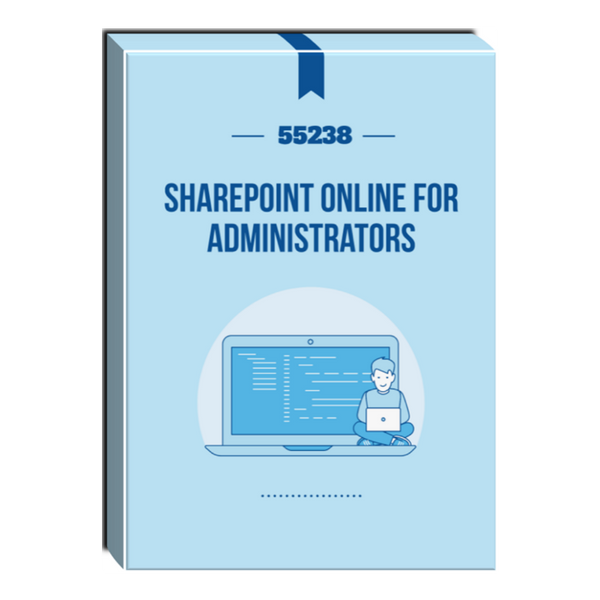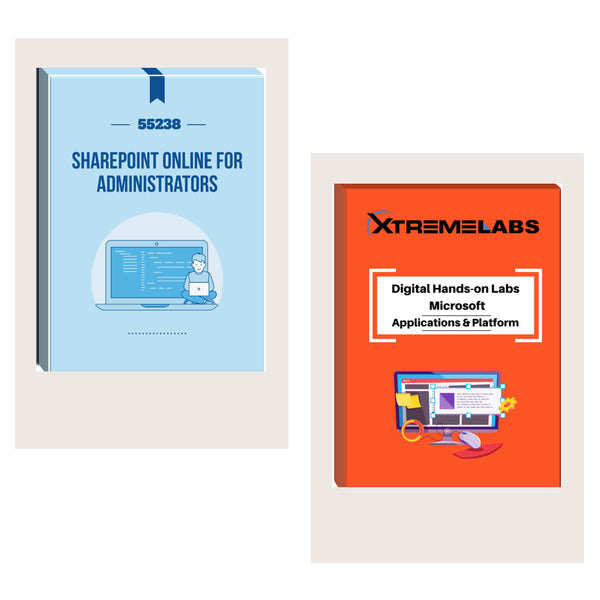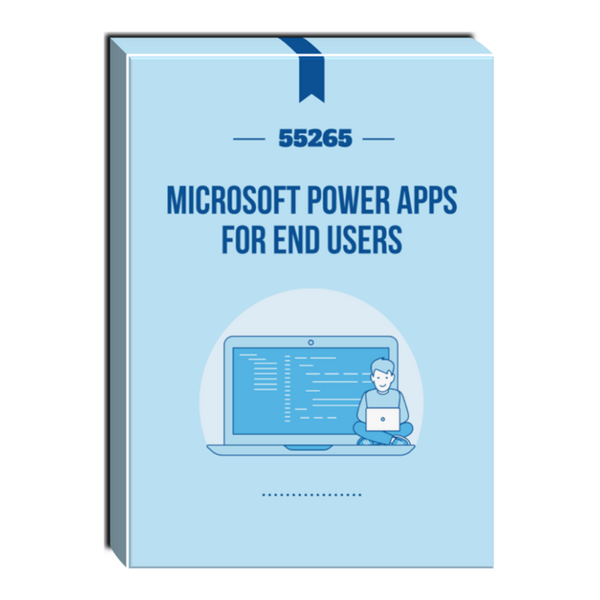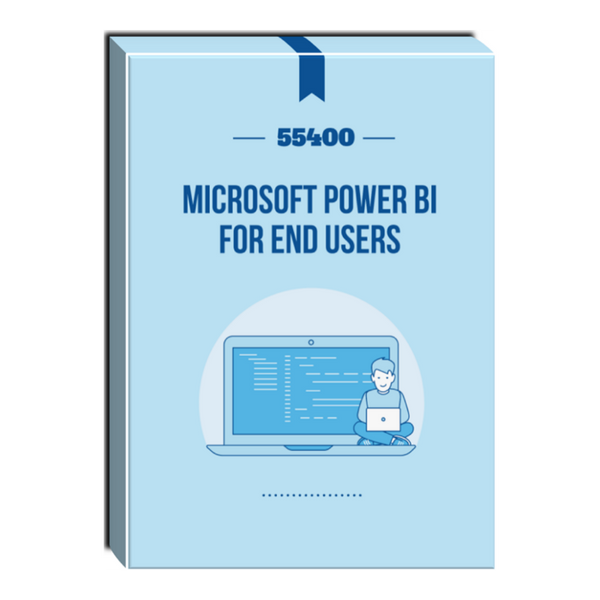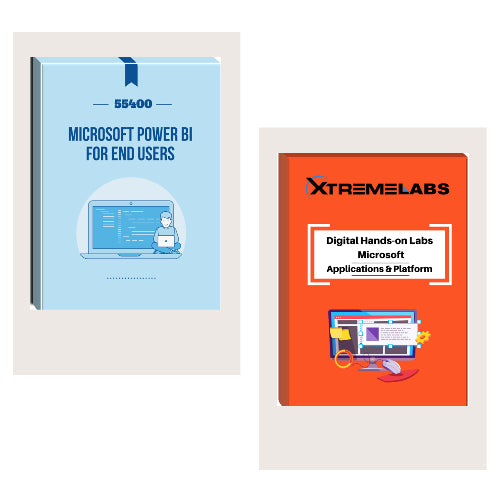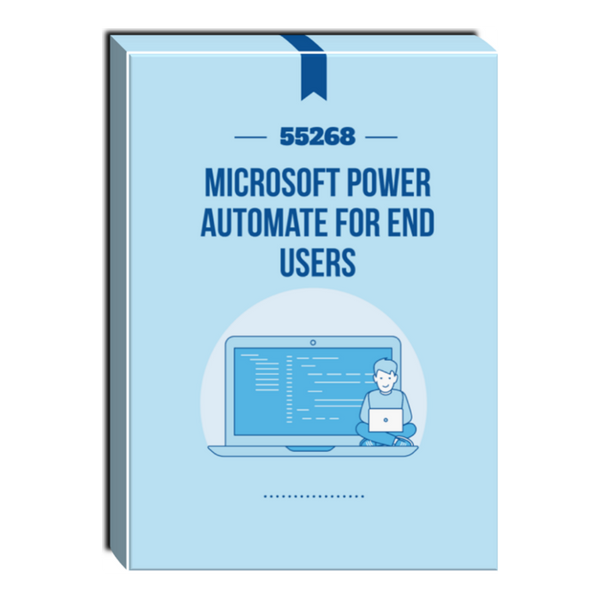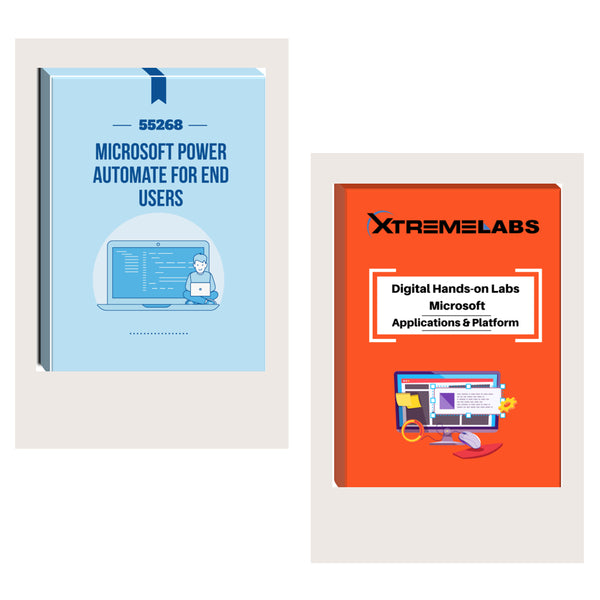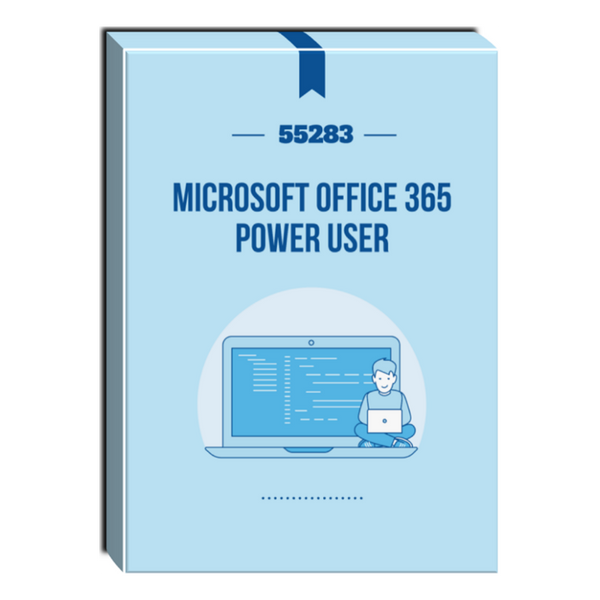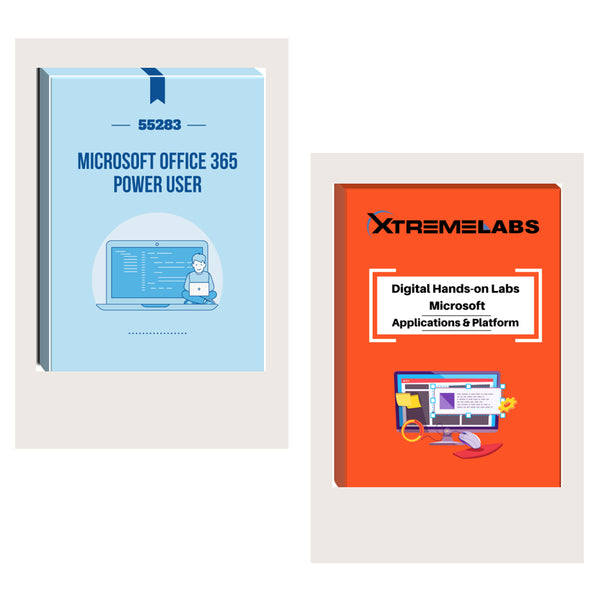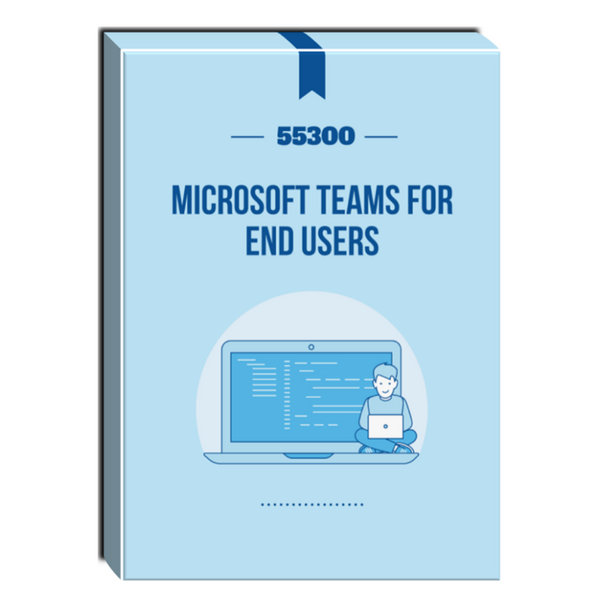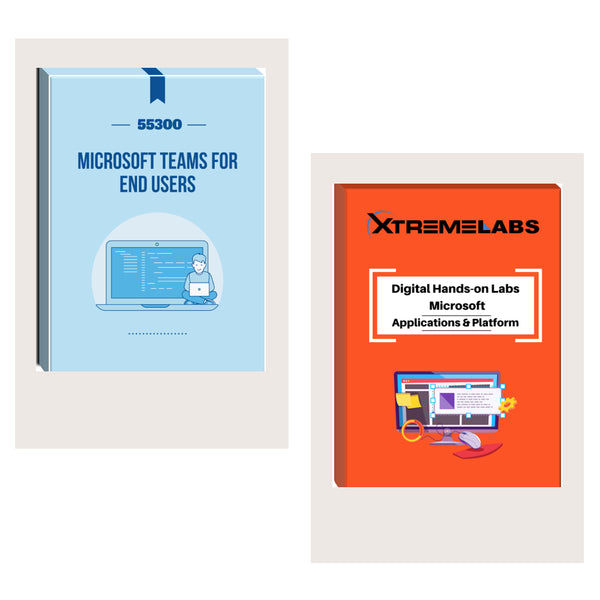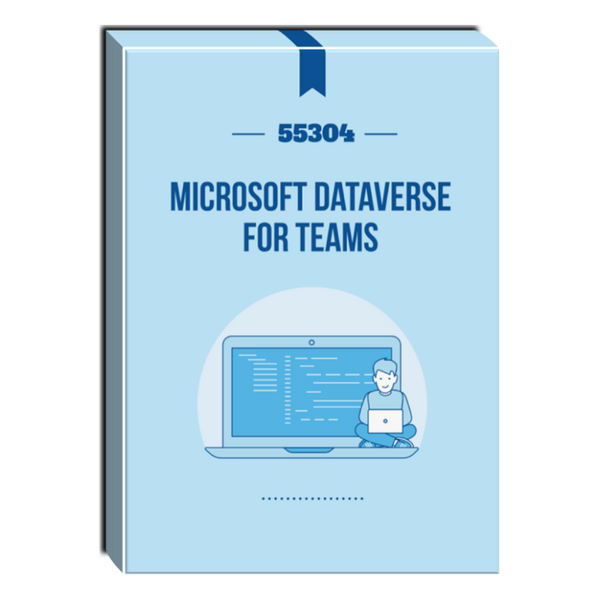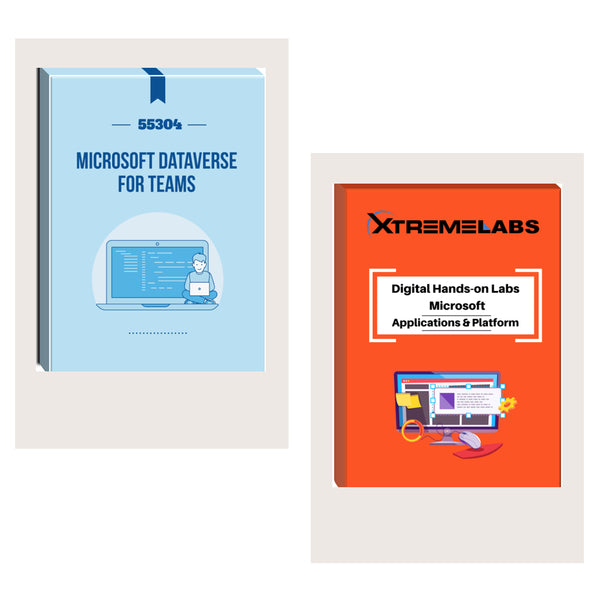Tags: Courseware , microsoft system center , sccm 2012 , SharePoint , SharePoint Server , system center 2012 operations manager , system center operations manager
55006: System Center 2012 Operations Manager Courseware
- Brand: Torchwood Innovations, LLP
- Availability: In Stock
$215.00
This five-day instructor-led course provides students with the necessary knowledge to successfully design and deploy Microsoft System Center 2012 Operations Manager. In this course, students are introduced to the basic theory of service monitoring. They will also learn about configuration, deployment, monitoring, and operation of Operations Manager 2012. After completing...
This five-day instructor-led course provides students with the necessary knowledge to successfully design and deploy Microsoft System Center 2012 Operations Manager. In this course, students are introduced to the basic theory of service monitoring. They will also learn about configuration, deployment, monitoring, and operation of Operations Manager 2012.
After completing this course, students will have the skills necessary to manage Operations Manager for maximum business benefit. This course incorporates case studies and hands-on learning opportunities so students can practice applying business solutions to real-world scenarios.
Audience Profile
This course is for IT Professionals who already have some prerequisite technical knowledge and want to learn the skills necessary to implement a comprehensive service monitoring system for their production environment. This course is also for IT Professionals who want to learn how to communicate relevant business information about the operational status of the IT environment.
At Course Completion
- Design and build a Production Service Monitoring Program
- Configure and administer Operations Manager 2012
- Deploy monitoring for servers, applications and services.
- Deploy management packs.
- Create monitors and rules.
- Tune monitors and rules for maximum benefit
- Create and configure reports for IT and business consumption.
- Meet and exceed SLAs to add value to business partners.
- Configure monitoring views and administrative tasks.
- Deploy monitoring for UNIX/Linux and Network Devices
- Configure Operations Manager 2012 role-based security.
- Configure notifications, subscribers and subscriptions.
- Configure general Operations Manager 2012 maintenance settings.
- Describe the Operations Manager 2012 Gateway Server
- Automate Operations Manager with PowerShell
- Meet and exceed SLA’s in order to bring value to business partners.
- Integrate Operations Manager with other tools.
Module 1: Introduction to System Center 2012 Operations Manager
Lessons
- History and Evolution of System Center
- System Center 2012 Product Suite
- System Center 2012 Licensing
- System Center 2012 Operations Manager
Lab 1: Introduction to System Center 2012 Operations Manager
- Setting up the Initial Lab Environment
- Introducing System Center 2012
Module 2: Introduction to System Center 2012 Operations Manager
- Explain the history and evolution of System Center
- Differentiate between each of the System Center 2012 products.
- Describe System Center 2012 licensing.
- Identify the purpose and function of Operations Manager 2012
Module 3: Plan for Service Monitoring
Lessons
- Introducing ITIL and MOF
- Designing the Service Monitoring Process
- Documenting the Service Monitoring Process
Lab 1: Plan for Service Monitoring
- Introducing Service Management
- Provide an overview of ITIL and MOF
- Design and document a service monitoring plan.
Module 4: Plan an Operations Manager 2012 Deployment
Lessons
- Defining the Operations Manager 2012 Core Components
- Designing for High Availability
- Defining Core Hardware and Software Requirements
- Designing Network Device Monitoring Requirements
- Designing UNIX/LINUX Monitoring Requirements
- Designing Windows-Based Monitoring Requirements
Lab 1: Plan a Operations Manager 2012 Deployment
- Planning for Operations Manager 2012 Deployments
- Exploring Operations Manager 2012 SQL Database Objects
- Define what a management group and its components are
- Design a highly available System Center 2012 Operations Manager environment
- Plan and design the necessary hardware and software components
- Describe the necessary components for network device monitoring
- Describe the necessary components for UNIX/LINUX-based server monitoring.
- Implement Windows-based server monitoring.
Module 5: Deploy Operations Manager 2012
Lessons
- Reviewing Environmental Prerequisites
- Installing Operations Manager 2012
- Verifying Operations Manager 2012 Installation and Additional Configuration
- Creating and Using Run as Accounts
- Implementing Active Directory Integration
- Designing and Implementing Role-Based Administration
Lab 1: Deploy Operations Manager 2012
- Installing Operations Manager 2012
- Configuring Active Directory Integration
- Configuring Role-Based Security
Module 6: Deploy Operations Manager 2012
- List the environmental prerequisites needed to install Operations Manager 2012 and Active Directory accounts
- Describe how to install and configure a management group and its components
- Verify the successful implementation of basic management group components
- Create and use Run As accounts.
- Design a role-based administrative model.
- Explain what Active Directory Integration is.
Module 7: Deploy the Operations Manager 2012 Agent
Lessons
- Reviewing the Operations Manager 2012 Agent
- Deploying the Operations Manager 2012 Agent
- Introducing Agent Failover
Lab 1: Deploy the Operations Manager 2012 Agent
- Deploying the Operations Manager 2012 Agent
- Explain the agent architecture
- Explain agent deployment methods
- Describe what Active Directory auto assignment is.
- Describe how the agent will handle a primary management server failure.
Module 8: Deployment and Administration of Monitoring (Management) Packs
Lessons
- Introducing Monitoring (Management) Packs
- Understanding Most Commonly Used Monitoring (Management) Packs
- Modifying and Expanding Monitoring (Management) Packs: Overrides
- Monitoring (Management) Pack Administration Best Practices
Lab 1: Deployment and Administration of Monitoring (Management) Packs
- Creating Management Packs and Groups
- Installing Line of Business .NET Application
- Installing and Importing Management Packs
- Explain what a monitoring (management) pack is
- Describe the components of a monitoring (management) pack
- Explain how to obtain a monitoring (management) pack
- Deploy monitoring (management) pack
- Explain the difference between sealed and unsealed monitoring (management) packs
- Override a monitoring (management) pack.
- Describe best practices for monitoring (management) pack administration.
Module 9: Tune Monitoring (Management) Packs
Lessons
- Introducing Alerts
- Tuning a Monitoring (Management) Pack
- Using Operations Manager Baseline Monitors and Rules
- Documenting Changes to Monitoring (Management) Packs
Lab 1: Tune Monitoring (Management) Packs
- Tuning Monitoring (Management) Packs
- Describe alerts
- Describe the monitoring (management) pack tuning process.
- Describe baseline monitors and rules.
- Document overrides
Module 10: Monitor Administration
Lessons
- Exploring the Operations Console – Monitoring Pane
- Administering Alerts
- Exploring Agent-Based Monitoring
- Customizing the Monitoring Pane
Lab 1: Monitor Administration
- Working with Monitors and Alerts
- Navigate the monitoring pane in the Operations console
- Investigate an alert.
- Use Health Explorer
- Explain maintenance mode.
- Describe and create Views.
Module 11: Advanced Monitoring
Lessons
- Monitoring Network Devices
- Monitoring UNIX/LINUX-Based Computers
- Monitoring .NET-Based Applications
- Expanding Operations Manager 2012 Monitoring
Lab 1: Advanced Monitoring
- Monitoring a Network Device
- Monitoring a .NET Application
- Monitor network devices
- Monitor UNIX/LINUX-based computers
- Monitor .NET-based applications
- Monitor distributed applications.
- Expand monitoring by using monitoring (management) pack templates.
Module 12: Reports
Lessons
- Using Operations Manager 2012 Reporting
- Administering Reports
- Customizing Reports
Lab 1: Reports
- Reporting
- Understand how Operations Manager 2012 Reporting and SQL Server Reporting Services work together
- Manage default Operations Manager 2012 reports.
- Create customized reports.
Module 13: Notifications and Operations Manager 2012 Maintenance
Lessons
- Introducing Alert Notifications
- Designing Maintenance and Disaster Recovery
Lab 1: Notifications and Operations Manager 2012 Maintenance
- Creating Subscriptions and Notifications
- Describe and configure Operations Manager 2012 notifications.
- Plan and perform routine maintenance.
- Create a disaster recovery plan.
Module 14: System Center 2012 Integration
Lab 1: System Center 2012 Integration
- Setting up the Initial Lab Environment
- Creating an Orchestrator 2012 Runbook
- Working with Orchestrator System Center Runbooks
Module 15: System Center 2012 Integration
- Describe System Center 2012 Integration
-
Windows Server 2008 R2 operating system
-
Active Directory Domain Services (AD DS)
-
Experience with PowerShell and SQL Server and SQL Server Reporting Services
-
Familiarity with data center management processes
-
Previous work with IT Infrastructure Library (ITIL)
-
Previous work with Microsoft Operations Framework (MOF)
-
Knowledge of previous versions of Operations Manager
-
Knowledge of the product(s) that you plan to monitor

